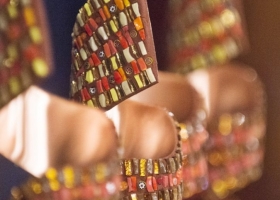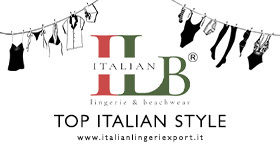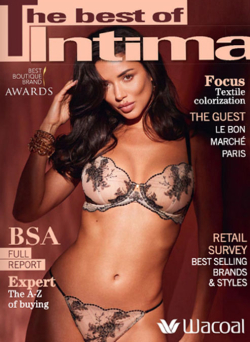
The Best ofIntima & Swim Edit
Long confined to the private sphere, the women's lingerie market in Africa is now undergoing a multi-speed transformation. Caught between deeply rooted traditions and a growing appetite for modernity, women’s underwear is not just a story of style: it reflects the social, economic, and cultural shifts of a diverse and evolving continent.
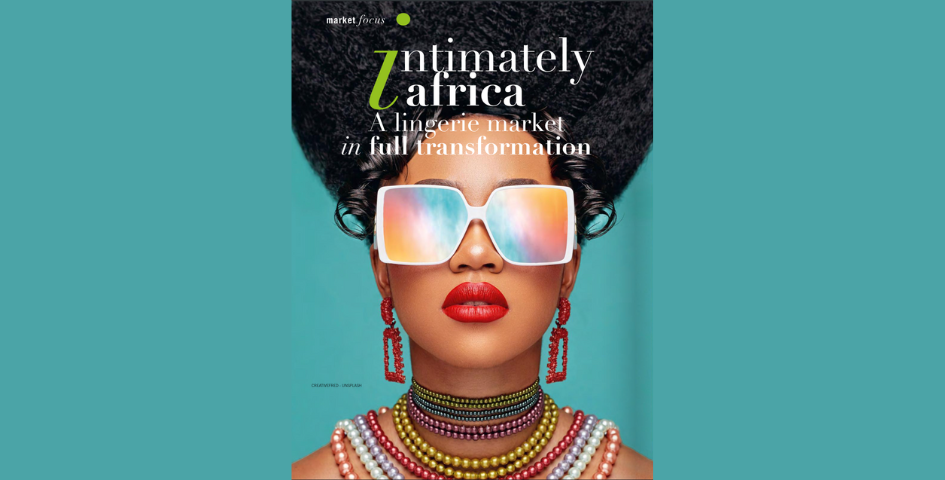
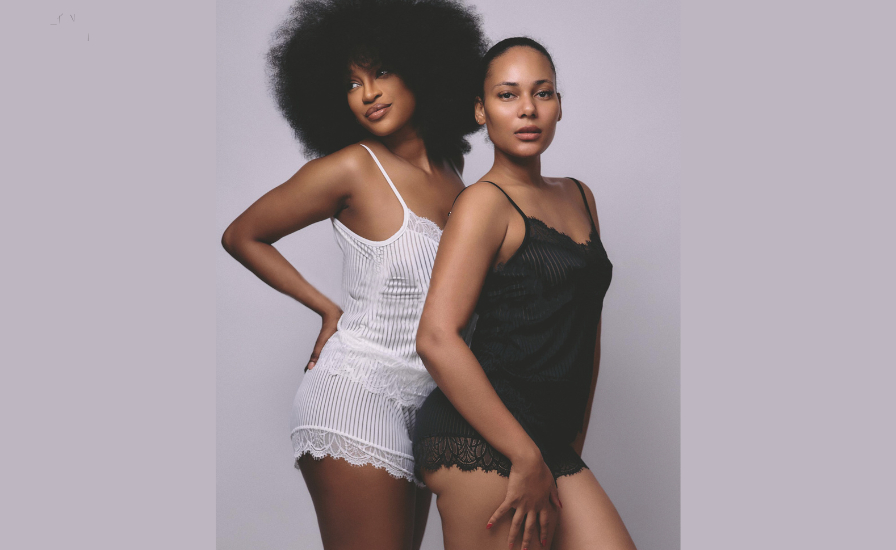
One Africa, many markets
Referring to an "African market" would mean oversimplifying a vastly diverse continent comprising a mosaic of 54 countries with widely different economic, social, religious, and climatic realities. Despite 53%- 56% of the population still living in rural areas, rapid urban growth, the rise of an educated middle class, the boom in e-commerce, and the increasing influence of local influencers are shaking up the norms in the continent’s capitals; in major cities like Lagos, Dakar, Johannesburg, Abidjan, and Nairobi women shop differently, looking for products that reflect who they are, and this means modern, practical, empowering, yet also respectful of their culture and body types.
A mixed yet promising regional picture
According to Actual Market Research, the lingerie market in the Middle East and Africa is expected to reach nearly $4 billion USD by 2028. While South Africa leads the continent in market value, other countries like Nigeria, Kenya, Morocco, and The Ivory Coast are experiencing steady growth thanks to the rise of the middle class, e-commerce expansion, and stronger female demand.
Currently, the lingerie distribution landscape in Africa is built around four complementary pillars: specialty boutiques, mass retail, e-commerce, and a growing network of local brands. In cities such as Johannesburg, Casablanca, Nairobi, and Abidjan, specialty boutiques dominate the high-end segment. They are mostly located in malls or popular shopping districts. Some of the most visible international brands include Etam, present in several countries (Morocco, Tunisia, Senegal…), La Senza, with locations notably in South Africa and Egypt, and Intimissimi, for example, in Morocco. Alongside these giants, local multi-brand players like Candy Lingerie in, Camerun, Inner Secrets in South Africa, Shut Lingerie inTogo ( all featured in the WorldWide section of our magazines) are gaining ground, focusing on curated selections and deep local market knowledge.
Throughout the continent more accessible mid-range lingerie can be found in hypermarkets and general retailers. In countries like Morocco, Nigeria, and Tunisia, chains such as Marjane, Shoprite, Pick n Pay, and Carrefour offer lingerie as part of their textile departments. These outlets attract customers with competitive prices, but quality and size selection remain uneven, especially for consumers with non-standard body types.
One of the biggest disruptions of the past decade has been the explosion of online shopping. Platforms like Jumia (operating in more than ten countries), Zando, and Superbalist in South Africa have helped broaden access to a wider variety of lingerie, particularly in underserved areas.
E-commerce also supports the rise of 100% African brands selling direct-to-consumer and using social media as a key tool for building awareness. Instagram and TikTok have become prime showcases, highlighting modern and inclusive aesthetics.
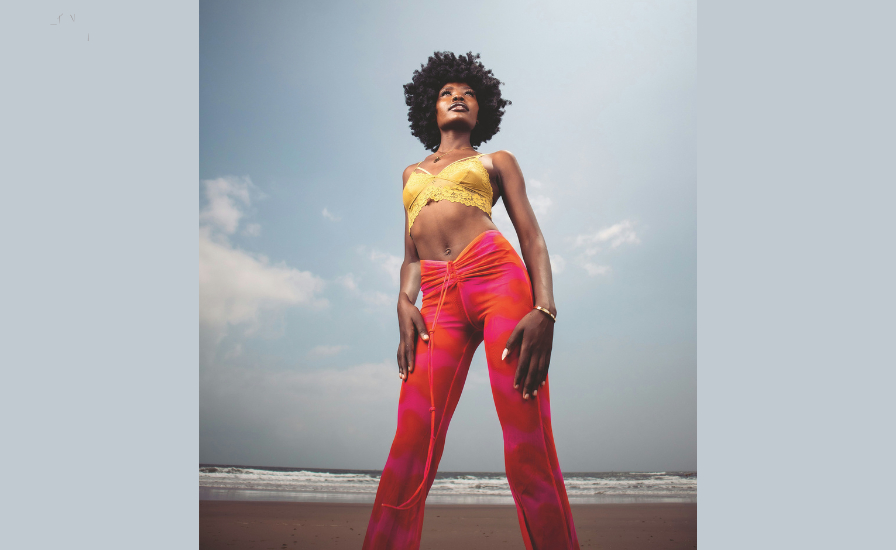
African women: drivers of society’s renewal
The role of women in African societies is evolving rapidly. More financially independent and increasingly visible in politics, media, and entrepreneurial spheres, they have two major requirements: comfort and empowerment. In societies that are still sometimes patriarchal, lingerie has become a tool for reclaiming oneself and personal pleasure, as an act of affirmation, even rebellion. In the countries of the Maghreb, despite discretion being a prevailing social norm, women purchase large amounst of lingerie, although it is confined to more private settings. The market in this area is well-established, with a strong presence of European brands. In French-speaking Sub-Saharan Africa, dynamics are shifting around strong female figures, with local brands focusing on authenticity, high-quality materials, and inclusive campaigns. In South Africa, a pioneer on the continent in body liberation and individual expression, lingerie is worn boldly and openly. Influenced by fashion cultures from Europe, the United States, and a vibrant local creative scene, the market is sophisticated. South African women, increasingly connected, demand products that celebrate all body types, from an A to a K cup, and colors that reflect every skin tone.
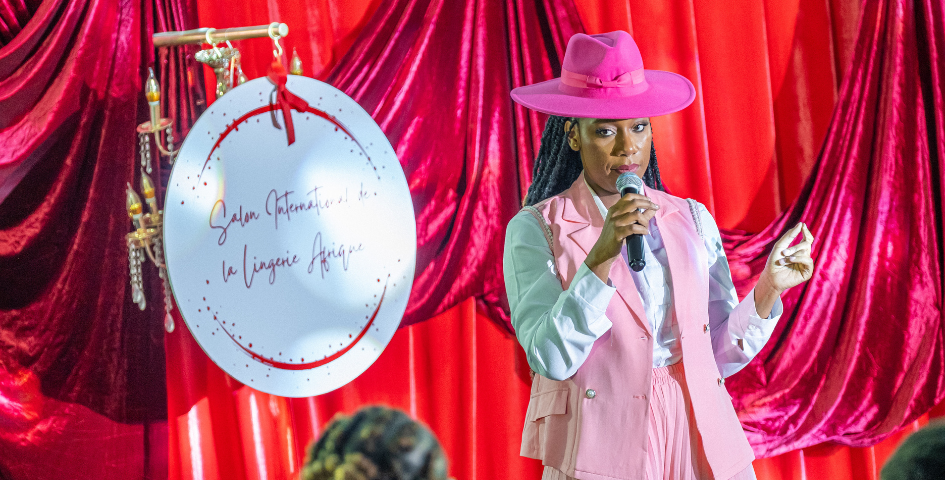
An enduring act of violence
It is impossible to address the topic of intimacy without acknowledging the ongoing scourge that continues to affect thousands of women across Africa today.Female Genital Mutilation (FGM), also known as excision, refers to all procedures involving the partial or total removal of external female genital organs. This practice, deeply rooted in certain traditions, constitutes a violation of fundamental human rights. According to UNICEF, over 230 million women and girls alive today have undergone FGM, including 144 million in Africa. Each year, about 4.3 million girls are at risk of being mutilated if current trends continue. It is crucial not to forget this.
Activism in lace
In Africa, intimate apparel is increasingly standing out as an unexpected space for female empowerment. By means of their work in the creation of panties and bras, designers are using their visibility to challenge not only how the body is represented in public spaces, but also the concept of sexuality itself, the right to pleasure, and freedom of expression. This “purpose-driven lingerie” raises eye-opening questions such as: Who owns the female body? How can one dress for oneself, rather than for the gaze of others?
Social media as their platform
Social media is their stage. Photographers like Yagazie Emezi (Nigeria) capture intimacy with raw poetry, far from stereotypes. Influencers like Didi Stone (DRC) pose in high-end lingerie sets, embracing a confident, Black, and powerful sensuality. In some countries, these bold stances remain risky. But they contribute to a global movement affirming women’s right to exist in their own skin, at their own pace, with or without lace.
Products (or styles) shaped by climate and body types
The most popular products naturally vary greatly from country to country. In hot and humid areas, cotton reigns supreme. Breathable and easy to wash, it’s a favourite for everyday wear. Underwire bras are less common, often replaced by bralettes, sports bras, or bandeaus, styles which are better suited for fuller figures and larger busts.
High-waist panties are growing in popularity for both their comfort and sculpting effect. Shapewear and control underwear are also essentials, especially to complement curvier silhouettes—a beauty standard celebrated in many African cultures.
Seamless, invisible lingerie is also gaining appeal among young, active women who prioritize discretion and freedom of movement. Lace remains associated with luxury and is often reserved for special occasions. As for bodysuits, they are making a strong comeback in the wardrobes of fashion-forward women.
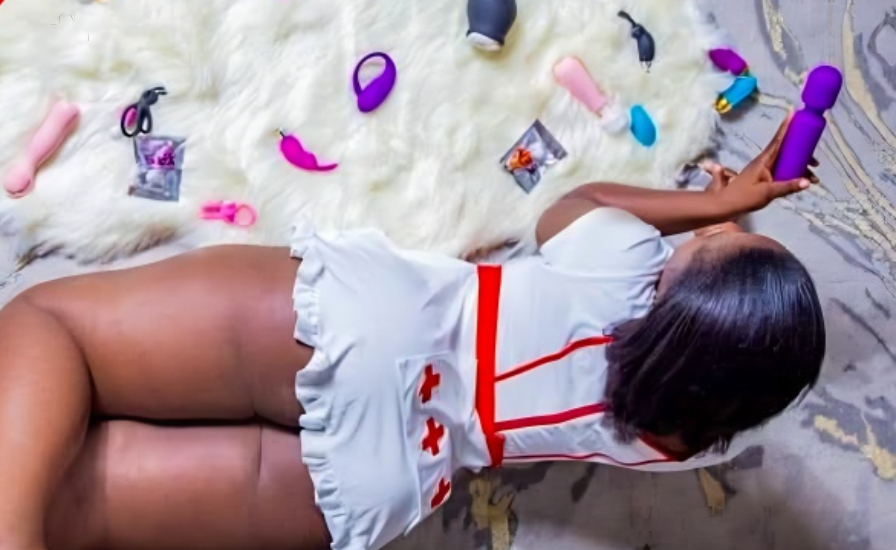
A body type long overlooked
Western size standards have long dominated the available offerings on the continent, often at the expense of African body types, which tend to be curvier, and skin tones that have been largely overlooked. The result is a glaring mismatch between supply and demand. Many consumers still report difficulty finding sizes that fit, despite a clear demand for inclusive lines reaching up to an I cup and an American size 42. Custom tailoring, sometimes rooted in local tailoring traditions, is also making a comeback, especially in areas where industrial offerings remain limited. A new generation of small local brands is emerging as well, benefiting from deep cultural knowledge and storytelling that aligns closely with the aspirations of their customers.
A market with a bright future?
With over 600 million women, a young and connected population, rising female empowerment, and growing interest in fashion, Africa’s lingerie market holds tremendous potential. But to succeed, one must understand its codes, respect its rhythms, adapt to its body types, and engage with its cultures.
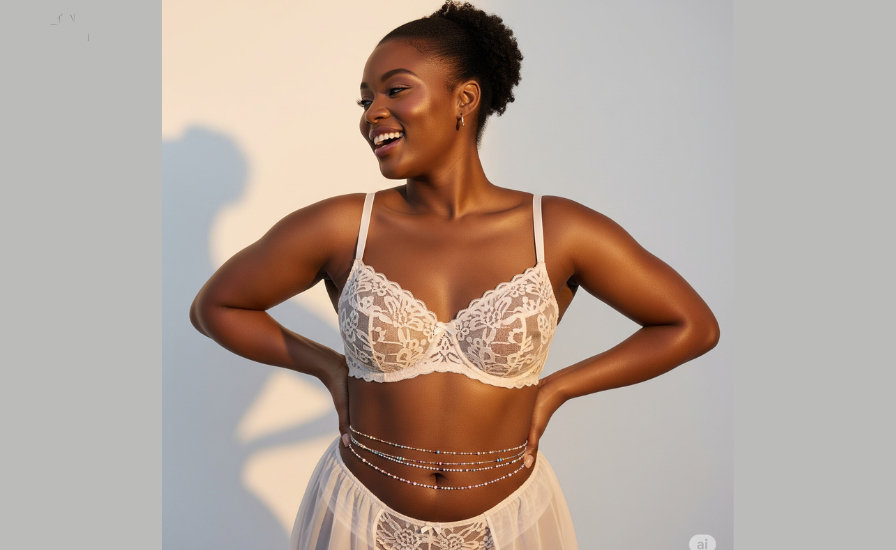
CURIOSITE
Qu’est-ce que le Baya ?
Appelé aussi « bin-bin » le « baya » est un bijou traditionnel africain porté autour de la taille, principalement par les femmes. Il s'agit d'une chaîne de perles, souvent en verre ou en plastique, qui peut avoir différentes significations culturelles et symboliques, notamment la séduction, la protection et la fertilité.
In-field testimony
Marie Christine MOLU, founder of Candy Lingerie
From her beginnings as a flight attendant to launching her own lingerie boutique in Cameroon, Marie Christine has always embodied a woman of action, an entrepreneur by vocation and a committed advocate for women’s rights. She is the founder of Candy Lingerie in Douala, a successful multi-brand boutique. Alongside major international brands like Laura Ashley, Calvin Klein, and Wacoal, she also develops her own lines: Candy Lingerie (lingerie and swimwear), Kyky (loungewear and pajamas), and Candy Cosmetique’s, a line of intimate cosmetics. She is also the organizer of the Africa International Lingerie Expo.
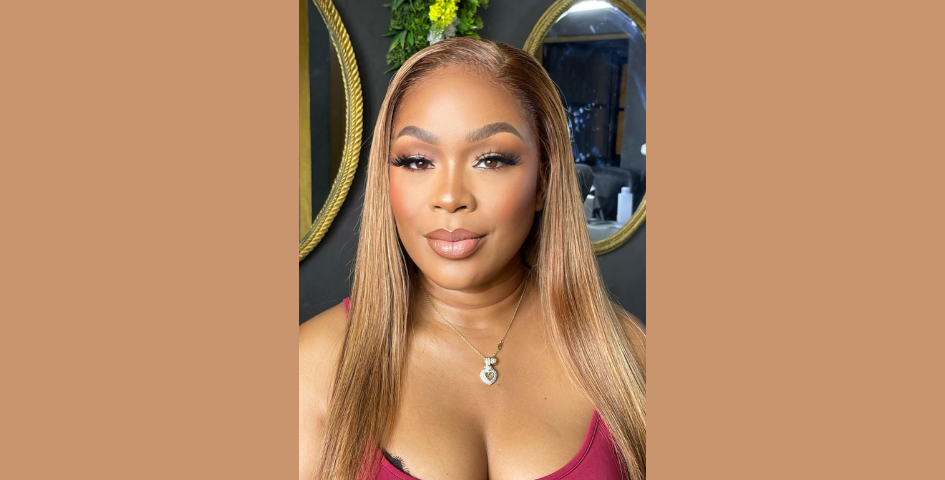
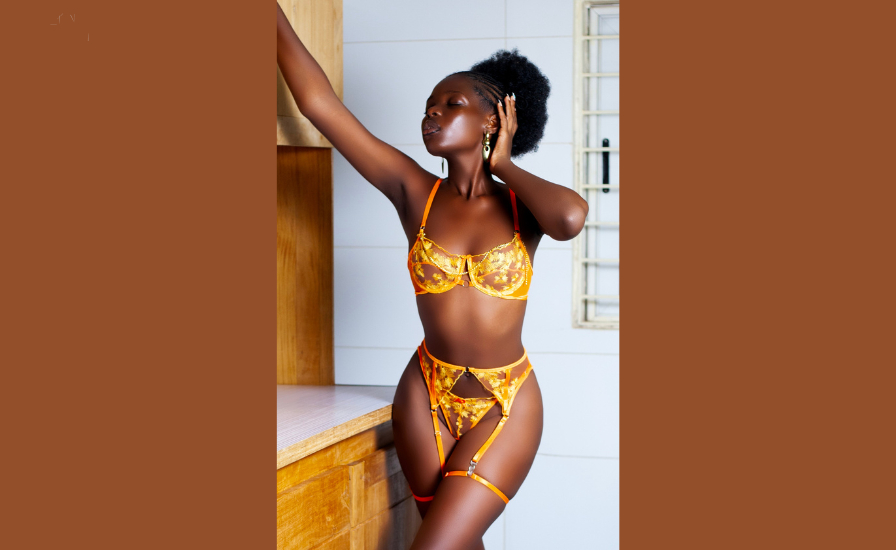
Marie Christine, based on your professional experience, how would you describe the lingerie market in Africa today?
The lingerie market in Africa has evolved significantly over the past twenty years. Back then, it was largely dominated by second-hand clothing shops and counterfeit products. Today, we are witnessing a fresh and budding dynamic: many new initiatives are emerging, driven by African designers launching their own brands.
Of course, the continent is still marked by taboos around lingerie, and persisting prejudice, but there is a real sense of liberation. More and more physical boutiques are opening, mindsets are changing, and consumers are becoming more open, even as concerns the so-called “naughty” accessories. Women now seek quality products that combine comfort, aesthetics, and style.
What cultural, aesthetic, or social specificities influence lingerie consumption on the continent?
It varies greatly according to the region. South Africa, for example, aligns more closely with North American trends, while North Africa is influenced more by Europe. In Sub-Saharan Africa, modesty plays an important role: consumers often prefer styles which cover more, reserved for private wear. In contrast, Central Africa tends to have a more liberated and open approach to lingerie.

Is there a growing demand for certain types of lingerie?
Yes, especially for plus sizes. For a long time, brands offered sizes that didn’t suit African women’s body types. Today, there is a real need for second-skin lingerie, seamless, shaping pieces, with shapewear gaining significant popularity.
What do you see as the biggest challenges for lingerie brands looking to enter the African market?
The main challenge is gaining a good understanding of the African body types. It’s still difficult to find certain sizes, like a DDD/F cup, for example. Another obstacle is price. Quality products are often very expensive, and the average customer can’t afford a $300 set. Lingerie is still seen as a luxury, or even a frivolity, and isn’t always a priority, unlike, say, hair care products. So, making lingerie affordable is a real challenge.
Do African female consumers have specific expectations that the current market offering still struggles to meet?
Yes, especially around “nude” lingerie. For a long time, options were very limited, and the shades offered didn’t match darker skin tones. This is a strong demand that’s beginning to be heard, but there’s still a lot of work to be done.
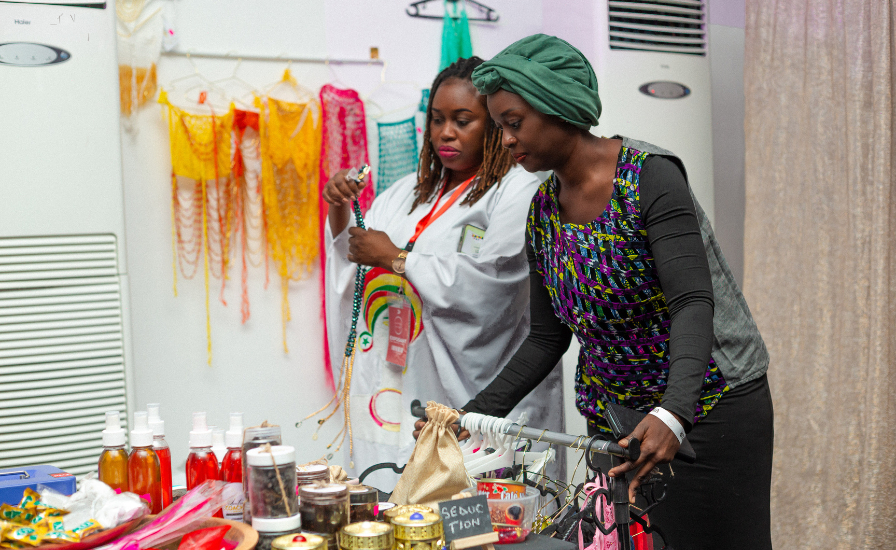
Is the local market primarily led by major international brands, or is there a strong presence of homegrown African labels?
The market remains largely dominated by international brands, many of which enter through second-hand clothing stores. However, a growing network of African brands is beginning to take shape, fuelled by the ambition to cater to local demand. Despite the momentum, these brands face significant hurdles in growing, mainly due to limited access to solid distribution networks.
You recently organized a lingerie event in Abidjan. Tell us about it…
On June 14, we staged the very first lingerie expo entirely dedicated to the African continent. This unprecedented event was a great success, with 15 exhibitors participating and brands from various countries represented, including Nun Lingerie, Toto Gourmand, Inside Out, Nina Coquine, Sside, Kinsey Addict, Kyky Loungewear, Candy Lingerie, as well as Séduction Sénégalaise (traditional African lingerie), Shine by Nafytoo, and Abalii. We also welcomed experts such as Dr. Nastia (sex therapist), Coach Love (coach/sex therapist), and Fin’elle (financial services for women).
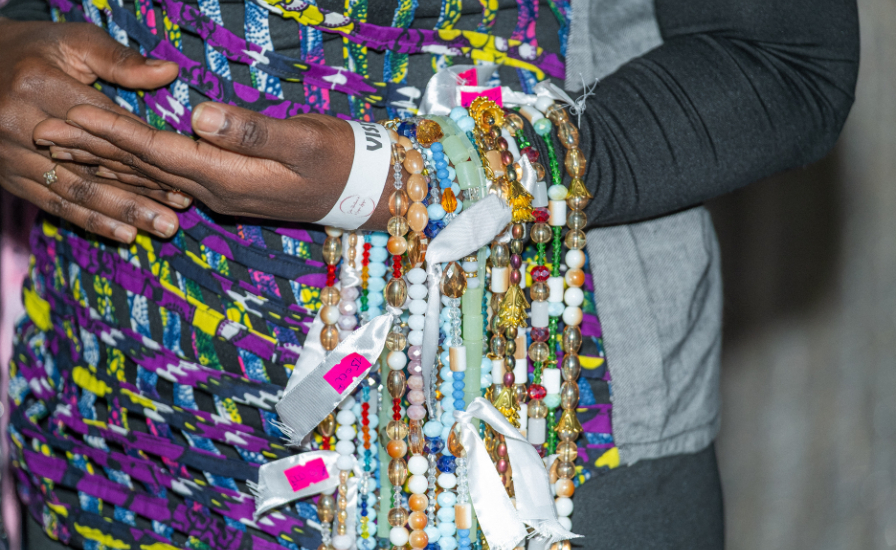
Where did this idea come from, and how do you plan to develop it?
I started about twenty years ago by opening my own boutique. I regularly participate in the Salon International de la Lingerie and was always struck by the absence of African brands. It’s unfortunate but understandable: with the cost of plane tickets and booth fees, it’s difficult for our local brands to be represented there. It was out of this frustration that the idea to create a lingerie expo on the continent was born, to bring together industry players locally.
The first edition was held in Abidjan, a true hub for African fashion, and lasted one day with a deliberately nomadic format that will move to different cities for future editions. The goal: to connect with designers, distributors, and enthusiasts wherever they are. The program included a brand exhibition, a conference on the state of the lingerie industry in Africa, and several masterclasses: “How to Build Your Brand in the African Context,” “Bra Fitting,” “Secrets of African Seduction,” and more.
How do you see the market evolving over the next 5 to 10 years?
If the various players stay committed and continue to invest, the African market has a promising future. There’s a growing trend, a return to roots, where Africans want to reconnect with their culture. They are increasingly drawn to “Made in Africa” products. Brands that will succeed in overcoming challenges and get organized will undoubtedly have the momentum on their side.
Copyright 2025. All right reserved - Terms





